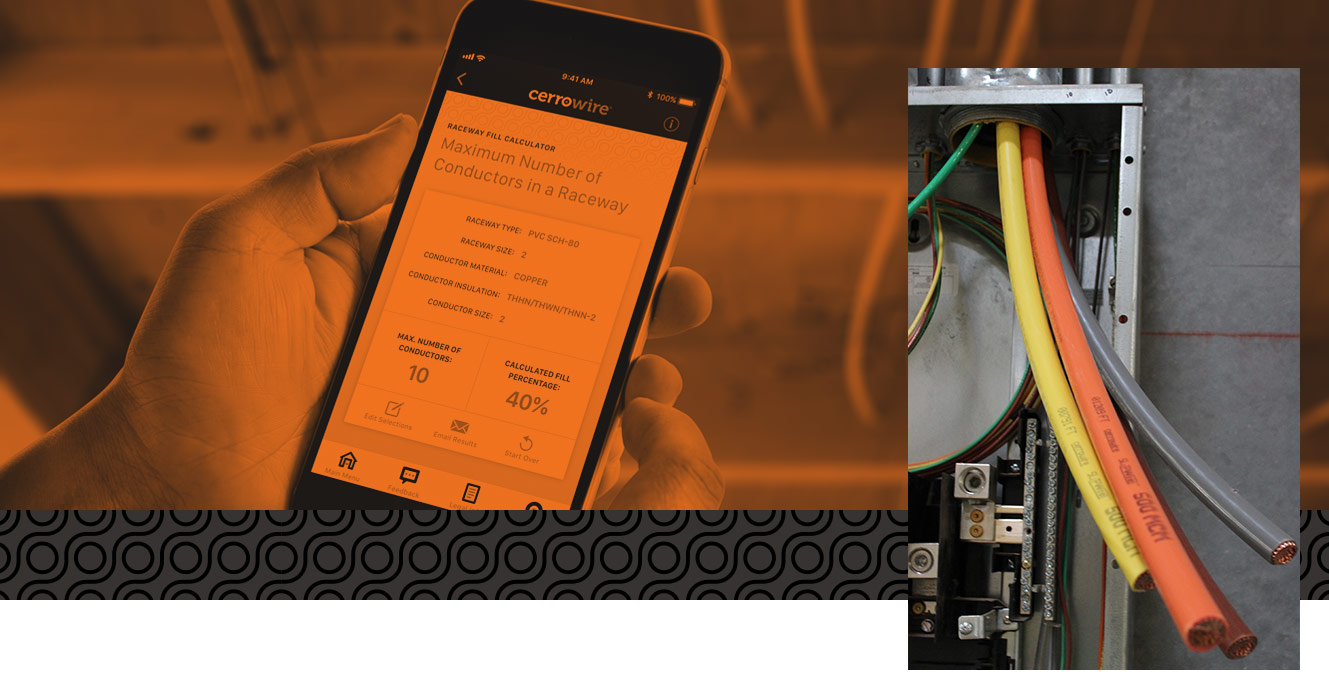I've been trying to get the home wall connector installed since late October... and it's still not done right.
Originally, the electrician used 40 amp breakers and it did not pass the inspection (I'm in Canada btw). They advised using 60 amp breakers.
However, the electrician said he doesn't have 60 amp breakers in stock due to shortage.
I patiently waited but did not get any update so I told the electrician I will have to find another electrician who has 60 amps in stock.
He then came, and installed 70 amp breakers as a 'temporary' solution. Had he told me that he was going to install 70 amps as a temporary solution, I would've told him not to bother with it and just wait for the 60 amps to arrive. Of course, the inspection hasn't been done yet because it just will not pass.
I have pretty much zero knowledge in electricity. I haven't used this home charger because of the fear of possibly damaging my car, but it really sucks I have to use superchargers everyday... Would it be safe to use this charger as long as I use my app to set a max amp output?
Thanks in advance!
Originally, the electrician used 40 amp breakers and it did not pass the inspection (I'm in Canada btw). They advised using 60 amp breakers.
However, the electrician said he doesn't have 60 amp breakers in stock due to shortage.
I patiently waited but did not get any update so I told the electrician I will have to find another electrician who has 60 amps in stock.
He then came, and installed 70 amp breakers as a 'temporary' solution. Had he told me that he was going to install 70 amps as a temporary solution, I would've told him not to bother with it and just wait for the 60 amps to arrive. Of course, the inspection hasn't been done yet because it just will not pass.
I have pretty much zero knowledge in electricity. I haven't used this home charger because of the fear of possibly damaging my car, but it really sucks I have to use superchargers everyday... Would it be safe to use this charger as long as I use my app to set a max amp output?
Thanks in advance!



